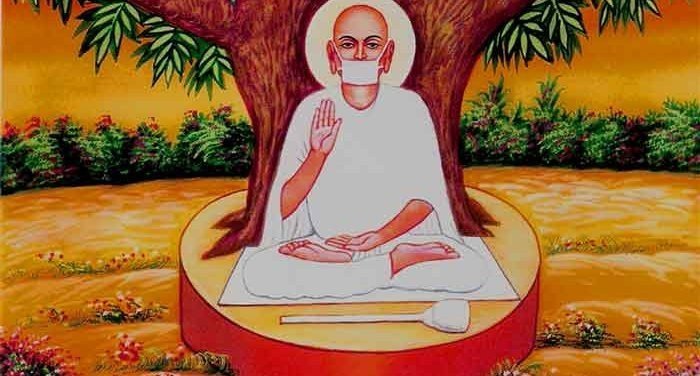Janism in English Upsc
Janism, janism in exam, ancient janism

In the early stages of life, when humans began to move forward, they started to think about why we are born or who created the world. Seeking answers to these fundamental questions, many religious sects emerged in the sixth century A.D. These religions provided explanations for the fundamental questions of human civilization and influenced human lifestyles.
Initially, Vedic religion was prevalent, but due to several reasons, other religions came into existence:
- Complexity of Vedic Religion: Initially, the Vedic religion and the tradition of yajnas were simple, but later they became more complicated.
- Caste System and Language: The complexity of the caste system and the difficult language of Vedic texts led to the emergence of new, simpler religions. The language of the Vedic religion became the language of scholars instead of the masses.
- Rise of Vaishya Religion: The use of iron tools encouraged trade and commerce. The Vaishyas resisted Brahmanism and sought their new place in society.
The credit for the establishment of Jainism goes to the first Tirthankara, Rishabhadeva or Adinath, who initiated the Jain movement in the sixth century BC. The first Tirthankara and the 22nd Tirthankara, Arishtanemi, are mentioned in the Rig Veda.
According to Jain scriptures, there were 24 Tirthankaras, but the historical background of 22 of these Tirthankaras is uncertain. The 23rd Tirthankara was Parshvanatha, whose followers are called Nirgranthas. The four Mahavratas (great vows) propounded by Parshvanatha are as follows:
- Satya (Truth)
- Ahimsa (Non-violence)
- Aparigraha (Renunciation of accumulation of wealth)
- Asteya (Not stealing)
Parshvanatha also introduced women into Jainism and attained Nirvana on Sammed mountain in Giridih district of Jharkhand.
The real founder of Jainism was the 24th Tirthankara, Mahavir Swami. He founded a sangha (community) which had 11 followers called Ganadhars. In Jainism, both war and agriculture are forbidden as both involve the violence of living beings.
Jainism believes in reincarnation and karma. According to Jainism, the fruits of karma cause birth and death. Initially, there was no idol worship in Jainism, but later idol worship began.
The Main teachings of Jainism

Panch Mahavrata Anuvrata
- satya,
- ahimsa,
- aparigraha,
- asteya,
- brahmacharya, the fifth vow, was added by Mahavira Swami.
The Triratna's
- Samyagdarshana: Right faith
- Samyagjnana: Right knowledge
- Samyakcharitra: Right conduc
Jain literature
- The Jaina literature found so far is only in Prakrit and Sanskrit. (It was originally written in the Magadhi language)
- Jain literature is called Agama in which there are 12 limbs, 12 appendages, 10 scatterings etc.
- Acharangasutra - Rules of Jain monks
- Bhagwati Sutra - Life of Mahavira (It mentions 16 Mahajanapadas)
- Nyayadhamma Kahasutta - Collection of Mahavira's teachings
- Bhadrabahu Charita - Events during the time of Chandragupta Maurya
- Kalpasutra - Written by Bhadrabahu - Biography of Tirthankaras
What's Your Reaction?














